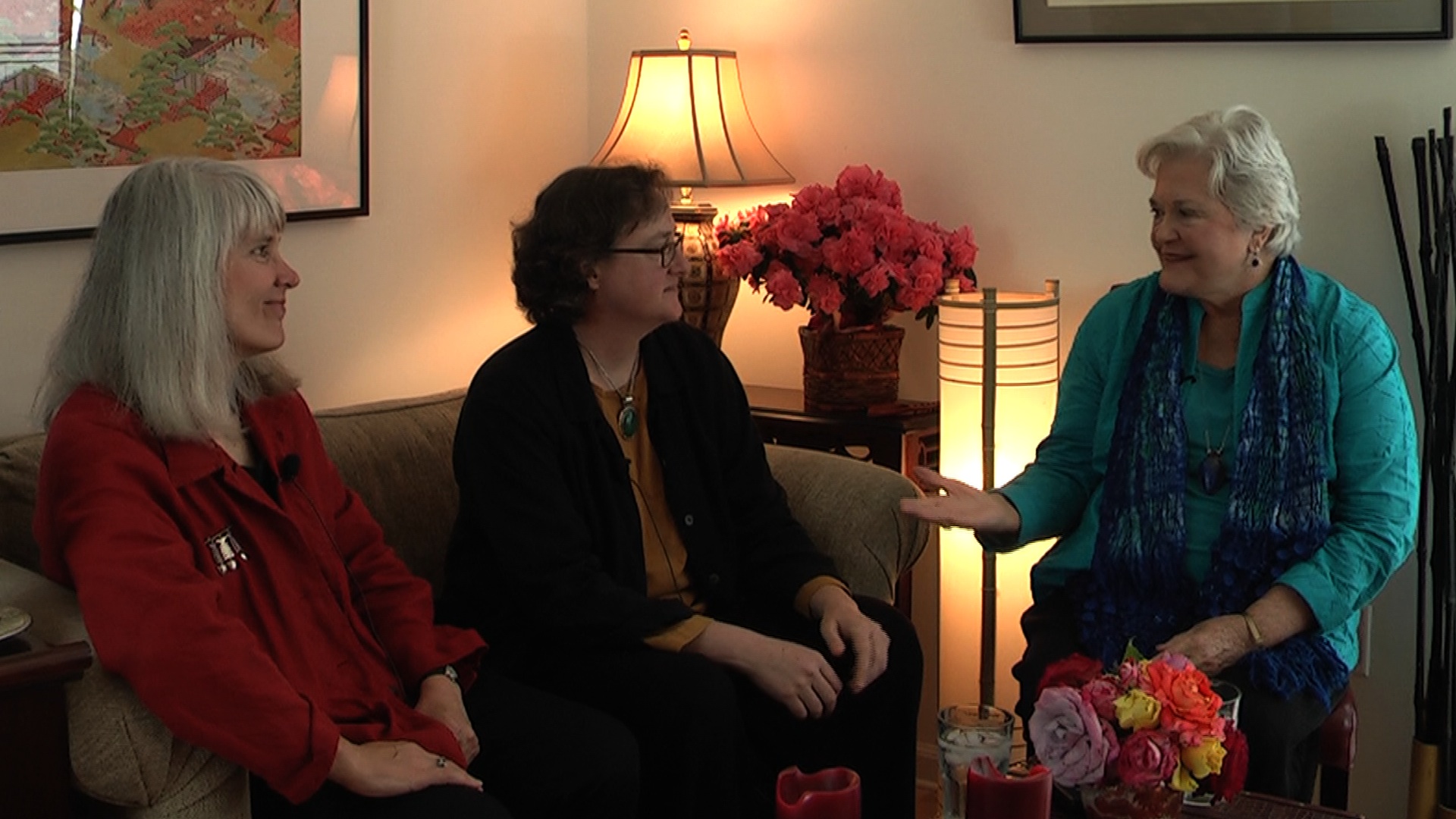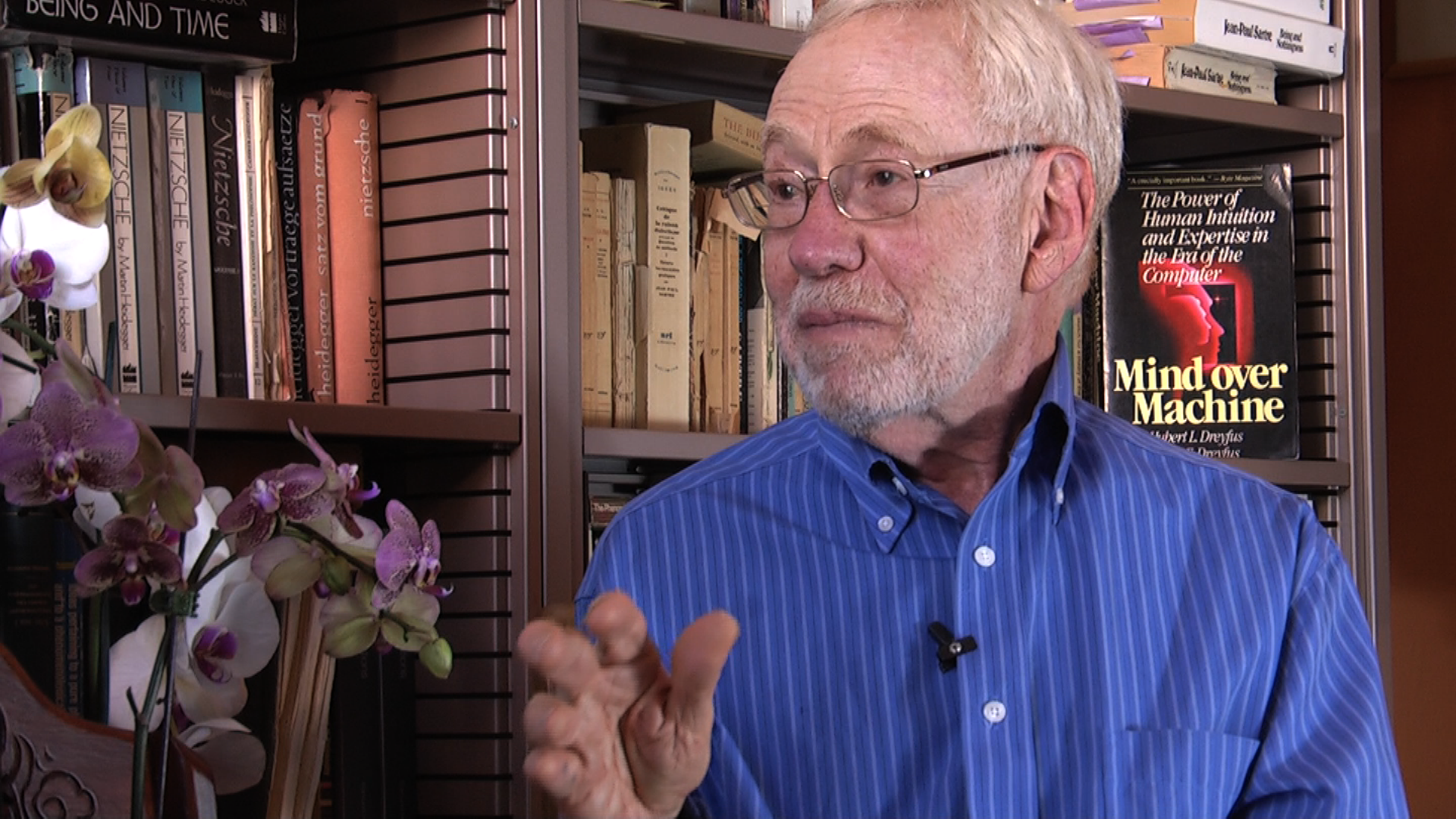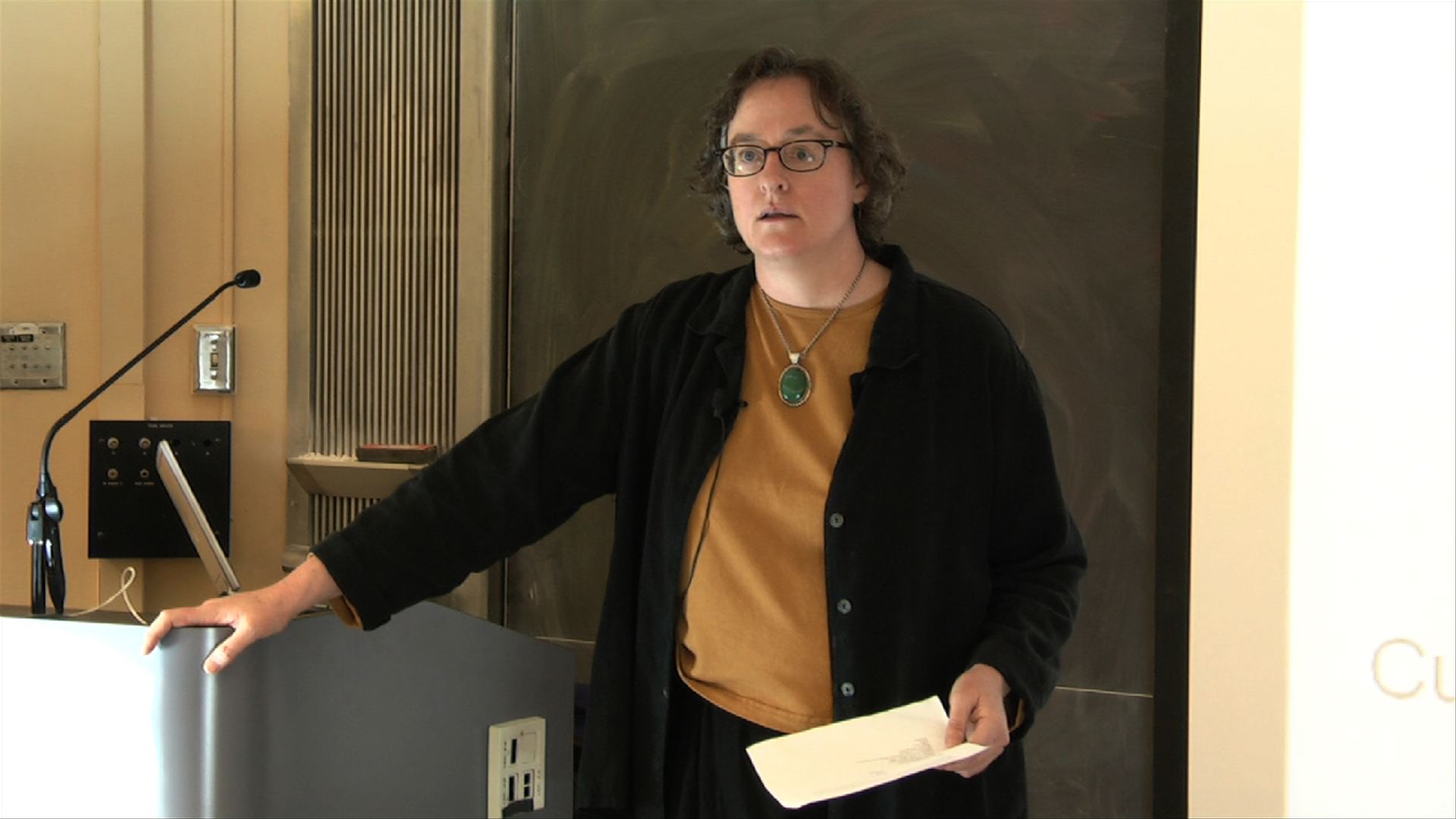Teaching Student Nurses to Think and Act Like a Nurse Part 2
Co-Author Perspectives: What We Learned from Conducting the Study by Patricia Benner, Victoria Leonard, and Lisa Day The co-authors present key insights form their immersion in the Carnegie Study. This reflective conversation on what the co-authors learned from conducting the research (including the field work, analysis, and write-up) offers insights about the nature of challenges …
Continue reading “Teaching Student Nurses to Think and Act Like a Nurse Part 2”








